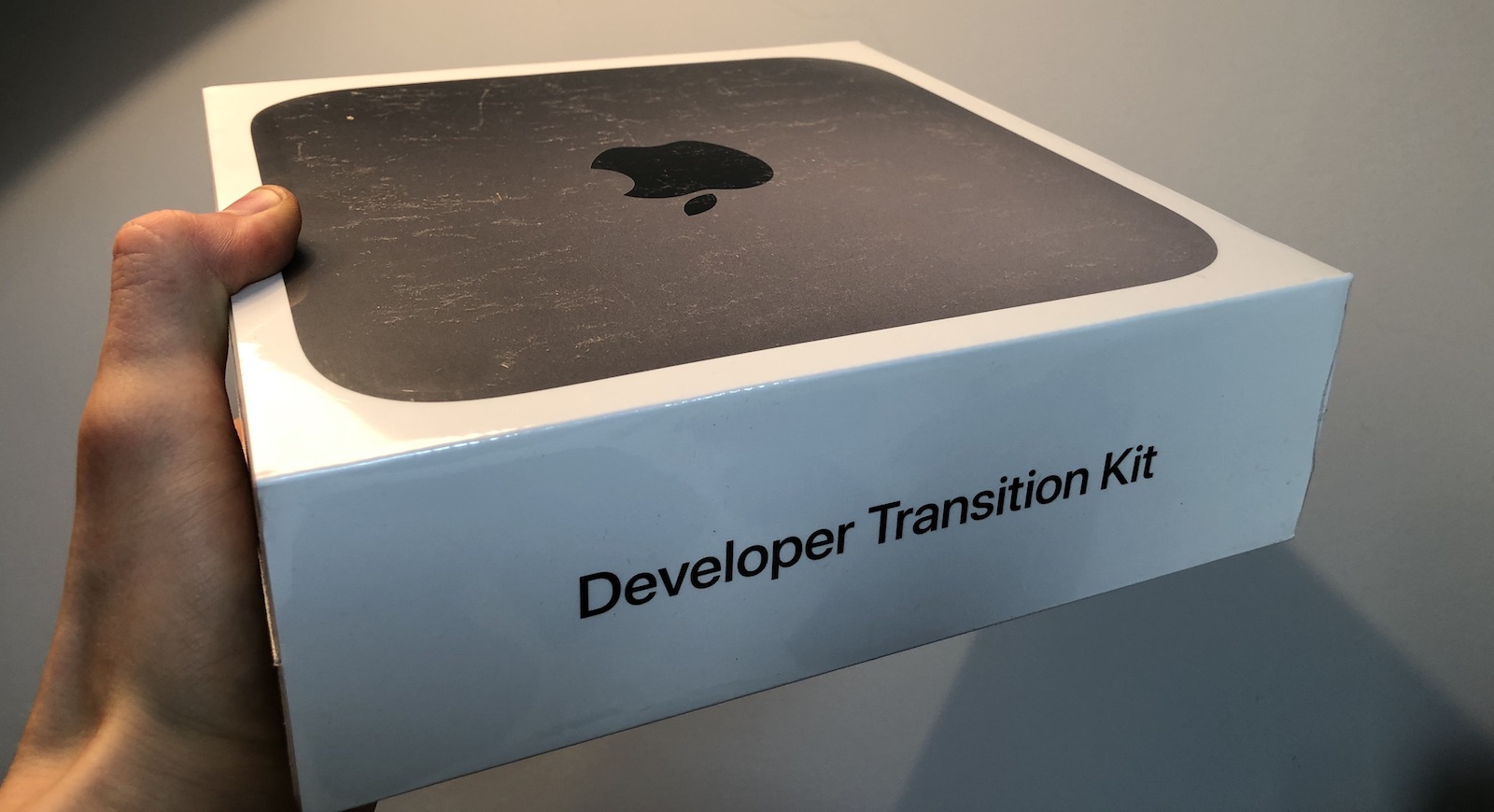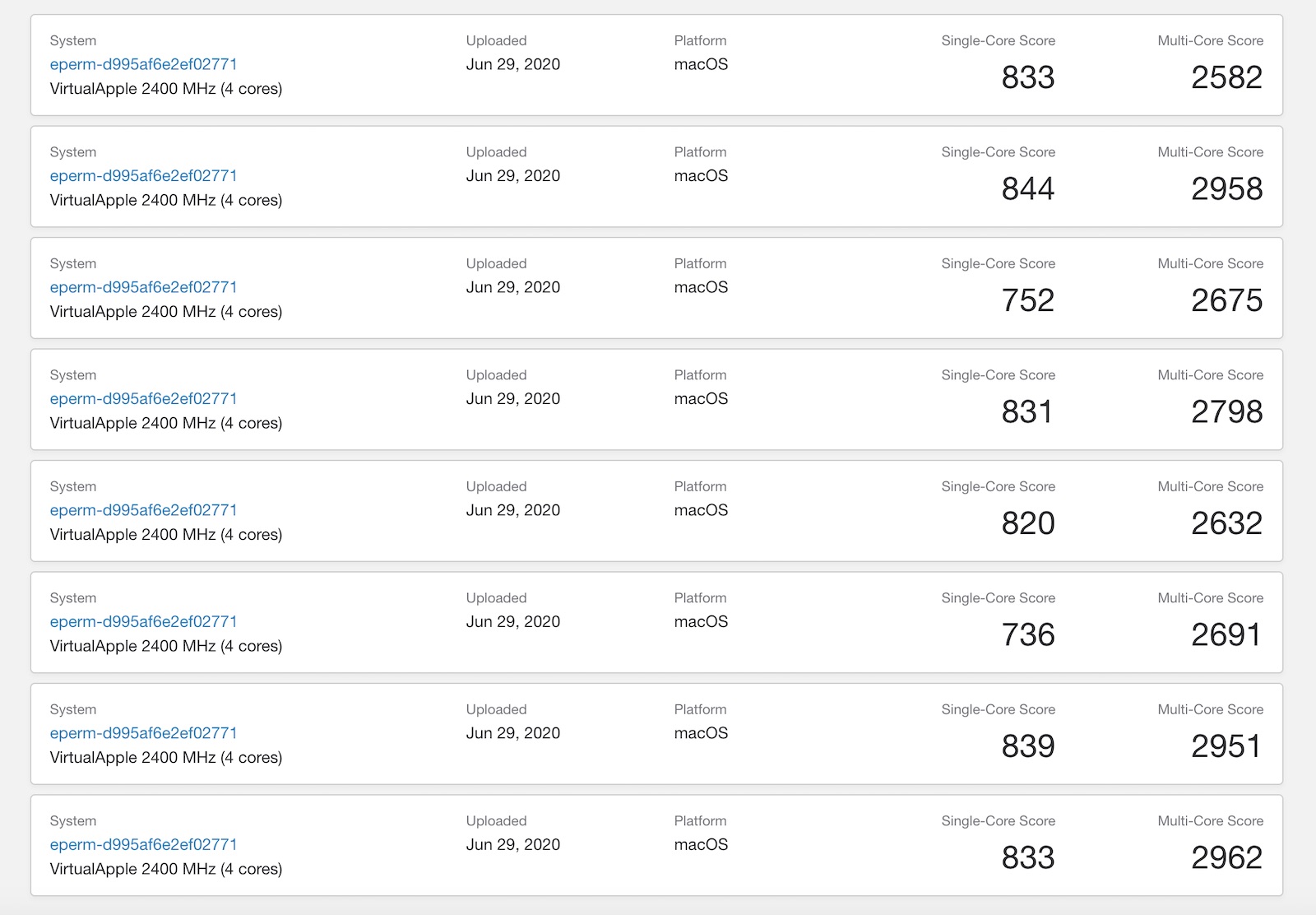Surely there is not going to be "a" chip but various chips? If you look at an AMD or Intel chip launch there is normally a family of chips aimed at different types of hardware in terms of performance and price.
When Apple releases Arm Silicon machines, is it likely to want to continue offering the same hardware item at different price points with ARM chips with different specs, more RAM, larger SSD, different graphics cards. I would presume so.
When Apple releases Arm Silicon machines, is it likely to want to continue offering the same hardware item at different price points with ARM chips with different specs, more RAM, larger SSD, different graphics cards. I would presume so.




